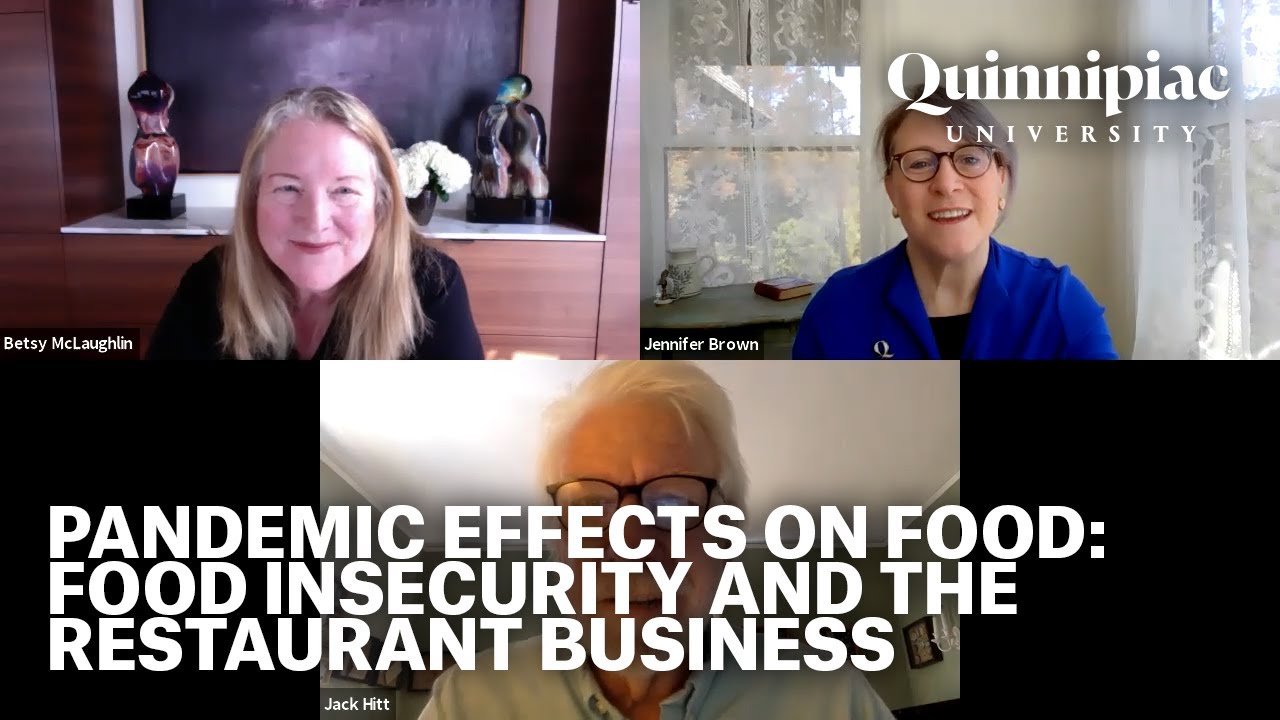
Experts suggest pandemic could change future of food industry
August 22, 2020

August 22, 2020

As the number of people cooking at home has increased, Jack Hitt, a food writer, said that it’s been really interesting for him to see people wanting to learn how to cook.
“I like to think I was a pretty decent cook before this started,” said Betsy McLaughlin, board member of Veggie Grill. “And I’m a really good cook now — partially because I’ve tried new things and because there’s time now. It’s OK if I mess something up and do it again.”
With more people learning about the pleasures of cooking and how food has the potential to taste as good when it’s cooked at home, there’s increasing pressure on the restaurant industry.
“The pressure is on for everything from the seashore lobster shack to any restaurant in any downtown to really put out some good food,” said Hitt. “Because for most of us now, it’s always a special night out.”
Hitt said that we have to rethink every step of cooking and how much it’s become a part of daily planning. People are far more deliberate about eating because of this.
“I have spent more time thinking about when to go to the grocery store, how to navigate the grocery store, which grocery store to go to based on what I think they’ll be out of, how do I get to a farmers market, how do I prepare, what meal am I preparing for, what’s my next meal as I’m preparing the current meal,” McLaughlin agreed. “Food has really taken over a portion of my daily routine.”
A question from the audience prompted the experts to talk about trends in food, specifically about subscription services like Sun Basket, Blue Apron or Home Chef and how restaurants are holding up against them.
“We've definitely seen a shift in choices. We've seen customer expectations rise because of it,” said McLaughlin. “On the business side, when COVID-19 first happened, restaurants had to shut down and, in order to preserve any kinds of jobs, they needed to do something. So they offered pantry items for sale.”
McLaughlin explained that while this supported restaurants’ farmers and vendors, it also was a game-changer for many people because it was the first time they had access to restaurant-quality ingredients. And now, more restaurants are preparing family meals for consumers to bring home.
“It used to be that you cooked at home, you went out and dined at a restaurant, and the subscription meal business really came into play because you wanted something in the middle,” said McLaughlin. “Over time, so many more options became available for how you can prepare a meal at home or how you can have a meal feel like you prepared at home, which is fantastic for a consumer. The expectations have definitely increased and, as we move past COVID-19, my expectation is that all of those options will remain available to consumers.”
However, not all communities have seen a benefit — with the most noticeable change occurring in low-income areas, the experts agreed.
“I think a lot of it has settled down. But, depending on your socioeconomic status, you had different things that were missing,” said McLaughlin. “There’s been a lot of shortages in many of the underserved communities that are more basic needs — like not being able to get milk or fresh bread, and I don’t know if that has changed in the past five months.”
In areas where food insecurity is an issue, there’s typically more “essential workers” who are outside of the home more often and actually have less time now to be able to prepare anything inside the home, McLaughlin added.
Food is a part of socioeconomic issues, but it is also important to recognize that food and public protest go hand in hand, according to Hitt.
Hitt said that it was no coincidence that the lunch counter was one of the places that helped make the civil rights movement in the 1960s famous. One of Hitt’s examples was Georgia Gilmore, who was involved with Dr. Martin Luther King, Jr.'s movement. People would go to her place to meet and greet, to organize and to plan, he said. She also started selling her food as a way to fundraise, he added.
“One of the reasons why Taco Bell and McDonald’s have issued pro-Black Lives Matter statements along with these other restaurants is because those people are out there and they are interacting with these restaurants on a regular basis,” said Hitt. “Historically, it’s worth saying that that has always been the case — food, public protests and freedom of assembly go hand in hand.”
“There was a kind of a discombobulation of society and a reorganization of how we interacted,” said Hitt. “And food is always at the center of any interaction among humans.”
McLaughlin added that many businesses in the United States, restaurants included, are talking about ways they can be more supportive to the community.
And now, looking to the future, what does the restaurant industry look like?
Hitt and McLaughlin both emphasized that they expect recent trends to continue, with people making more deliberate food choices and preparing more of their own food.
“More than 60% of restaurants that have closed are out of business for good,” said McLaughlin. “And they’re not coming back. A lot of those are the mom and pop restaurants – those that perhaps were not able to invest in technology and delivery.”

Quinnipiac Today is your source for what's happening throughout #BobcatNation. Sign up for our weekly email newsletter to be among the first to know about news, events and members of our Bobcat family who are making a positive difference in our world.
Sign Up Now